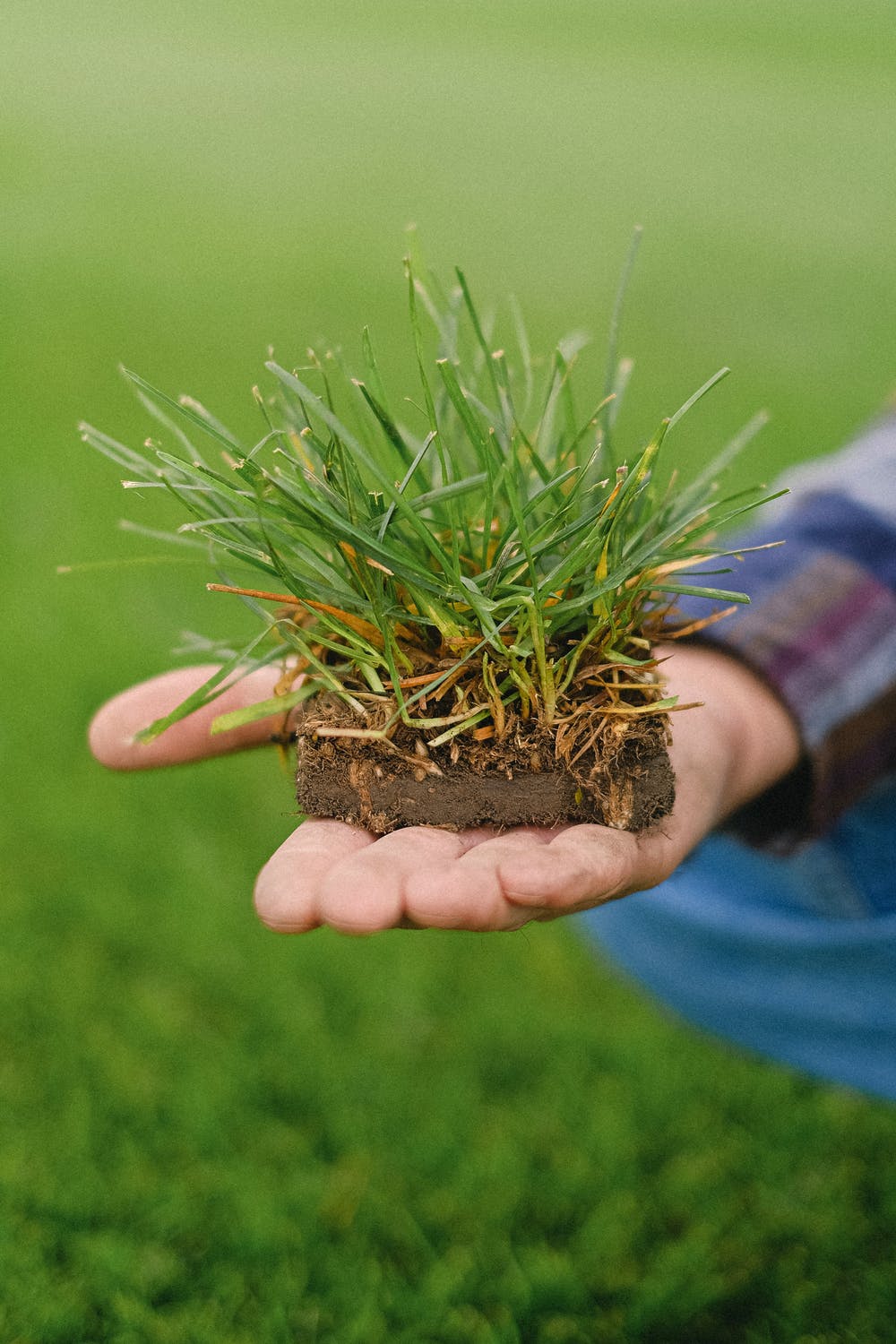Take a look at your azaleas. Go on, get close. Right up in there. Now do the same with your camellias, magnolias, privet, and dogwoods. See those? Bugs. There’s a reason these plants (and others) have struggled to flourish in central Georgia for the last few years. And that reason lives right under our noses.

Bugs and pests are like any other creature, they know what they like to eat, and they’ll do everything in their power to eat it. Each plant attracts a different species of bug. Azaleas attract aphids and leaf miner flies, camellias and magnolias attract scale. Privet attracts not only scale but whiteflies too.
And for all their height and majesty, trees aren’t immune to pest infestation. Dogwood in this Central Georgia region has been ravaged by borers. Conifers and oaks have suffered from an influx of worms… Bagworms and armyworms (both of which later turn into moths) to be precise.
In many cases, the result is the same. Plants feed on nutrients from the soil, and pests steal those nutrients from the plants. Left untreated, plants wilt and wither before their time, or they die and become a base of operations from which the untreated pest can spread. It’s a nasty business, but it is prevalent.
In our estimation, most of the azaleas we come across show signs of aphids and leaf miners. Same with magnolias, affected by scale. Georgia’s pest problem is getting worse and we think we know why.
More and More of the Same Ol’ Same Ol’
For years, homeowners and landscaping companies have been applying the same fertilizers and the same weed control methods. This overuse of the same formulas has led to two distinct problems: Built-up resistance as it relates to pest control, and nutrient imbalance for the fertilizer.
Fertilizer is a great thing. Applied to your soil, it adds valuable nutrients plants can soak up. Healthy soil leads to healthy plants. However, when you apply the same fertilizer every year, you expose your plants to the same nutrients. This can build an imbalance because plants require a wide variety of nutrients to thrive. Too much of a good thing can be as problematic as not enough. It’s the same with humans. A healthy diet consists of a variety of foods. Apples are great, but if they’re all you eat, you’re going to have some serious deficiencies.
Applied to the soil, these problems manifest in terms of pH imbalance. Soil can be either too acidic or too alkaline, which prevents nutrients from forming naturally. When plants grow in these difficult conditions, they aren’t as effective at fighting off pests. And pests know a weakened target when they see one.
Speaking of which, pests are getting stronger. You read that right. Applications of the same pest killers year after year have allowed pests like worms and scale to develop resistance to those pest killers. This means that every year you apply those same old pest killers, they kill fewer pests, leaving trees and shrubs vulnerable to infestations.
So What Can You Do About It?
Two things. Integrated Pest Management (IPM) and balancing the pH in your soil. If you want to learn more about pH levels and soil health, you can read about it on our blog.
The basic rule of thumb is that your pH level exists in a range from 1 to 14. 6.5 to 7.5 is considered neutral. Less than 6.5 is acidic, and over 7.5 is alkaline. Highly acidic or highly alkaline soil is bad for plants and will cause nutrient deficiencies that make it harder for your plants to grow. You can take a soil sample to determine the pH levels of your soil, and from there take steps to ensure your soil stays nice and neutral. Think Switzerland.
As for pests, the best plan to remove bugs is to develop an IPM plan. Integrated Pest Management (IPM) involves working with organic pest control products to neutralize the threat posed by bugs while avoiding unnecessary chemical intervention. This is a specialty of ours at T. Lake, and something we are continually improving, so far to great results. Plans are custom-designed for each property and administered at the proper times.
IPM treatments include:
- Cultural controls
- Biological controls
- Generics
- Chemicals (organic/inorganic)
The goal with IPM is to work with the land to reduce the threat of bugs and allow your plants, trees, and shrubs to flourish. IPM’s include pre-emergent treatment, as well as post-emergent applications, which can happen over the course of several months, each application accomplishing its own specific set of goals.
If you’d like to learn more about IPM’s and the creepy crawlies that might be threatening the plants in your yard, don’t hesitate to explore our blog or reach out. We’re always happy to chat and develop a customized plan for your commercial Georgia landscape.
1 Oct 2024


